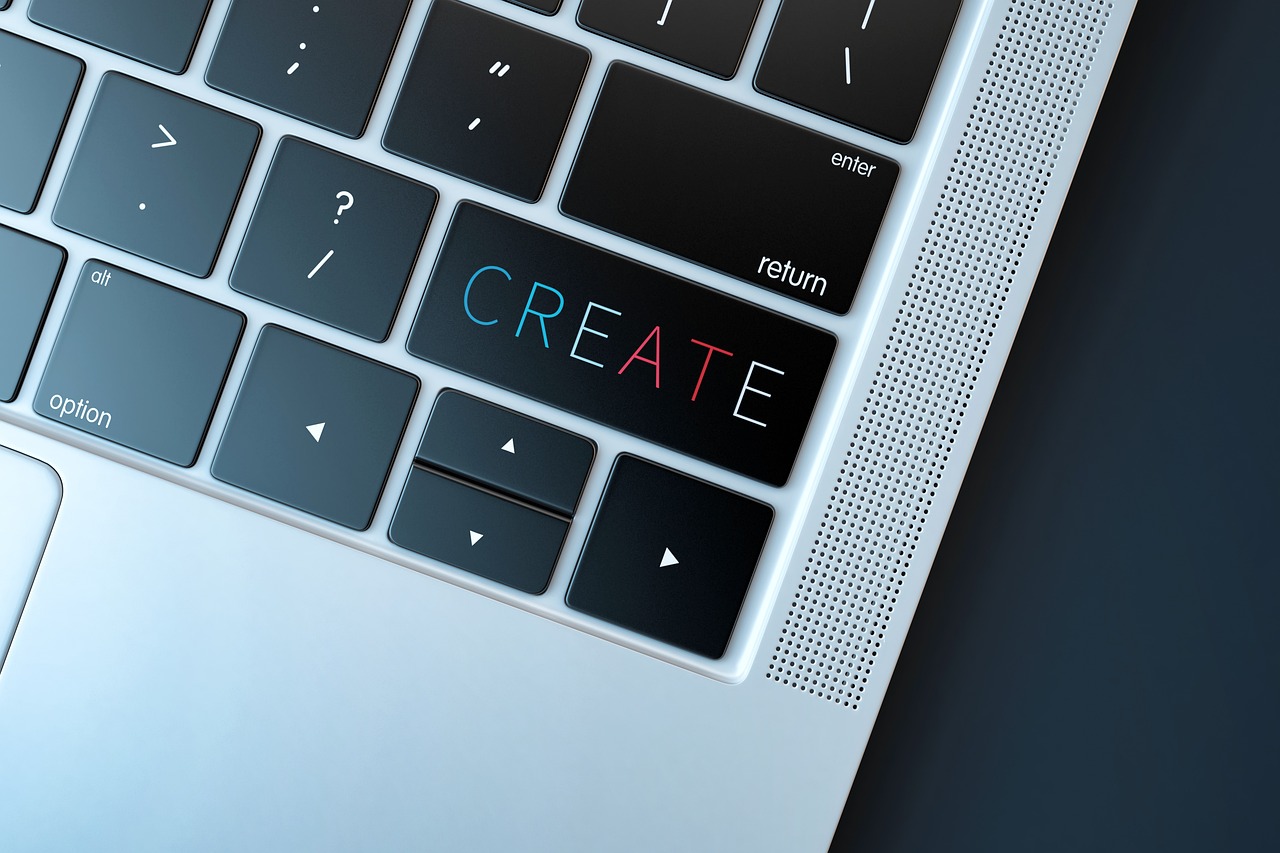Finding a balance between form and function emerges as a formidable challenge in the field of design. While visual aesthetics play a pivotal role in crafting appealing products, it is imperative not to neglect the fundamental aspect of functionality, ensuring that the end result effectively caters to users’ needs. The landscape of design is characterized by its subjective nature; some individuals lean towards pragmatism, prioritizing utility, while others gravitate towards the allure of aesthetic beauty. Surprisingly, design is not just a matter of personal taste but also rooted in science, with many interior designers adhering to unspoken principles that guide their creative process.
When embarking on the journey of space design, keeping interior aesthetics in mind becomes paramount. A successful interior design is a harmonious blend of functionality and visual appeal. Disrupting this balance can lead to interiors that feel uninspiring. To navigate this delicate balance, let’s explore some strategies for integrating beauty and practicality seamlessly within the realm of architectural design.
The Fundamental Challenge
The task of architects and interior designers is a delicate move between two fundamental elements: form and function. At the heart of this challenge lies the art of balancing form and function. The beauty of a space, the lines, the colors, and the textures, should not overshadow its primary function. Aesthetics play a vital role in architectural design. They capture our senses, evoke emotions, and make a space memorable.
Similarly, functionality is the backbone of a well-designed space. It involves careful consideration of how people will interact with the environment. For instance, in a retail store, functionality encompasses the layout, ease of movement, and product accessibility to enhance the shopping experience. You can also consider retail interior design in Zurich because the architects there face the challenge of creating retail spaces that align with the city’s sophisticated aesthetic while catering to the practical needs of high-end retailers.
Strategies for Balancing Beauty and Practicality
Achieving the perfect balance between beauty and practicality in architecture requires a toolbox of strategies and considerations. Architects and interior designers employ several techniques to harmonize these elements effectively.
-
Material Selection
Materials play a pivotal role in defining a space’s character. Architects carefully choose materials for their functionality and visual appeal. For example, in a modern kitchen, sleek and durable materials like stainless steel and quartz countertops offer both aesthetic charm and easy maintenance.
-
Space Planning and Layout
The thoughtful arrangement of spaces is a cornerstone of good design. Proper space planning ensures efficient circulation and functionality. In a workplace, an open floor plan may encourage collaboration, while private workstations provide focused spaces.
-
Color Schemes and Lighting
Colors and lighting profoundly impact the mood and functionality of a space. Warm colors can create a cozy atmosphere in a restaurant, while ample natural lighting can enhance productivity in an office. Designers use color and lighting strategically to achieve the desired ambiance.
-
Sustainable Design Principles
Sustainability has become integral to modern design. Architects and interior designers integrate sustainable materials and practices to enhance both the longevity and aesthetics of a space. Sustainable design not only reduces environmental impact but also resonates with the contemporary preference for eco-conscious spaces.
Innovative Design Technologies
In today’s digital age, architects have access to an array of innovative technologies that can revolutionize the design process. These technologies enable architects to harmonize functionality and form in new and exciting ways.
-
3D Modeling and Visualization
3D modeling software allows architects to create detailed virtual representations of their designs. This technology enables clients and designers to visualize spaces in a realistic manner, making it easier to refine both aesthetic and functional aspects before construction begins.
-
Virtual Reality (VR)
Virtual reality takes visualization a step further by immersing stakeholders in a virtual representation of a space. Architects and clients can walk through a design, gaining a deep understanding of how it will function and appear in real life. VR helps ensure that the final product meets both aesthetic and functional requirements.
-
Artificial Intelligence (AI)
AI-driven design tools assist architects in optimizing layouts and materials for both functionality and aesthetics. These tools can analyze data and user behavior to make informed design decisions, resulting in spaces that align with the needs of occupants.
Budget Considerations
Practicality extends to financial considerations as well. Architects often need to work within budget constraints while maintaining the desired aesthetic and functional goals. Architects seek cost-effective design solutions that optimize both aesthetics and functionality. This might involve selecting materials that offer durability without breaking the bank or finding innovative ways to repurpose existing elements.
Summing It Up
Architectural design is a constant interplay between aesthetics and functionality. Architects use various strategies and technologies while collaborating closely with clients to create spaces that are visually captivating and highly practical. Achieving this balance is the essence of crafting environments that inspire and effectively serve their occupants.
